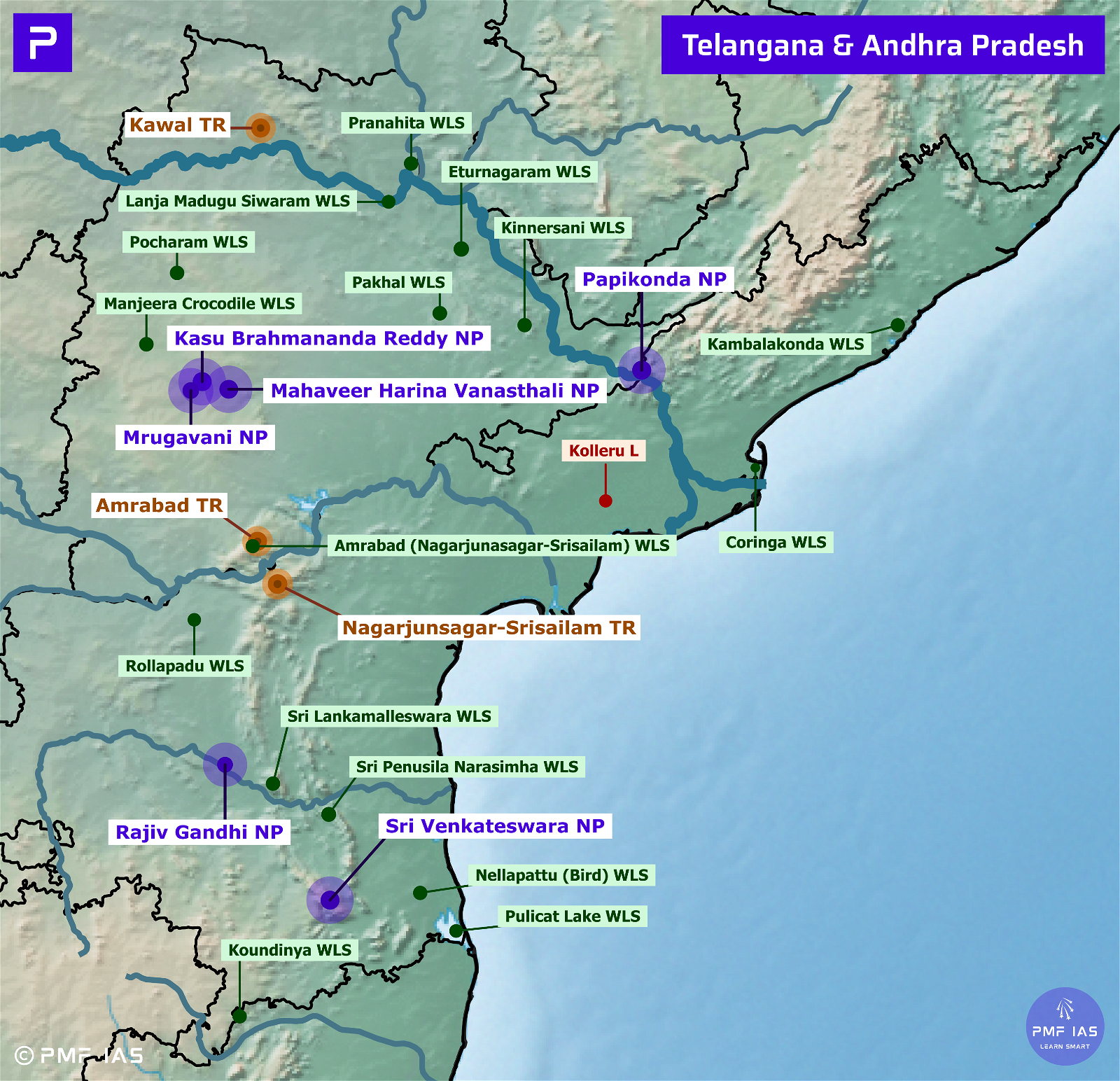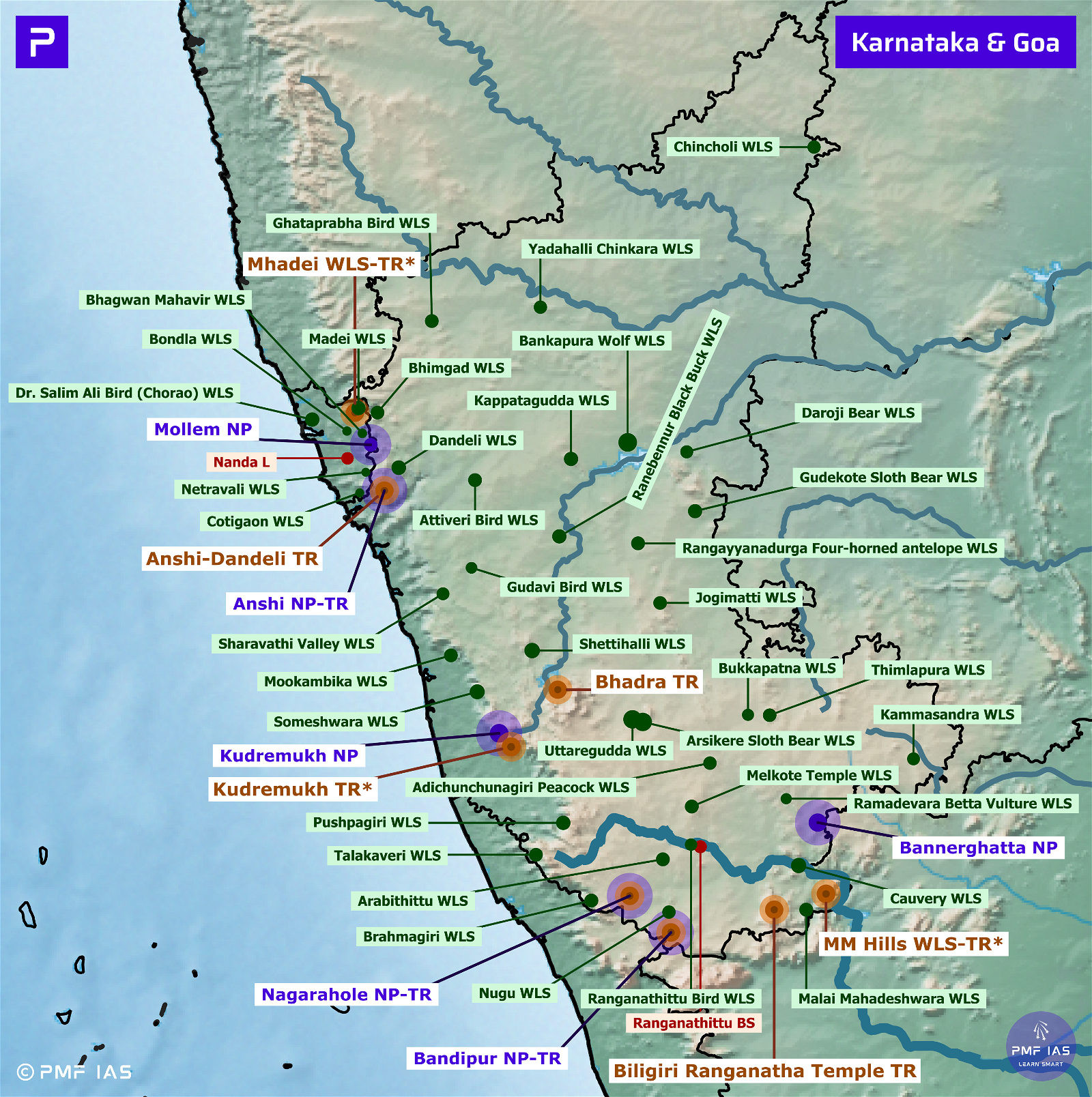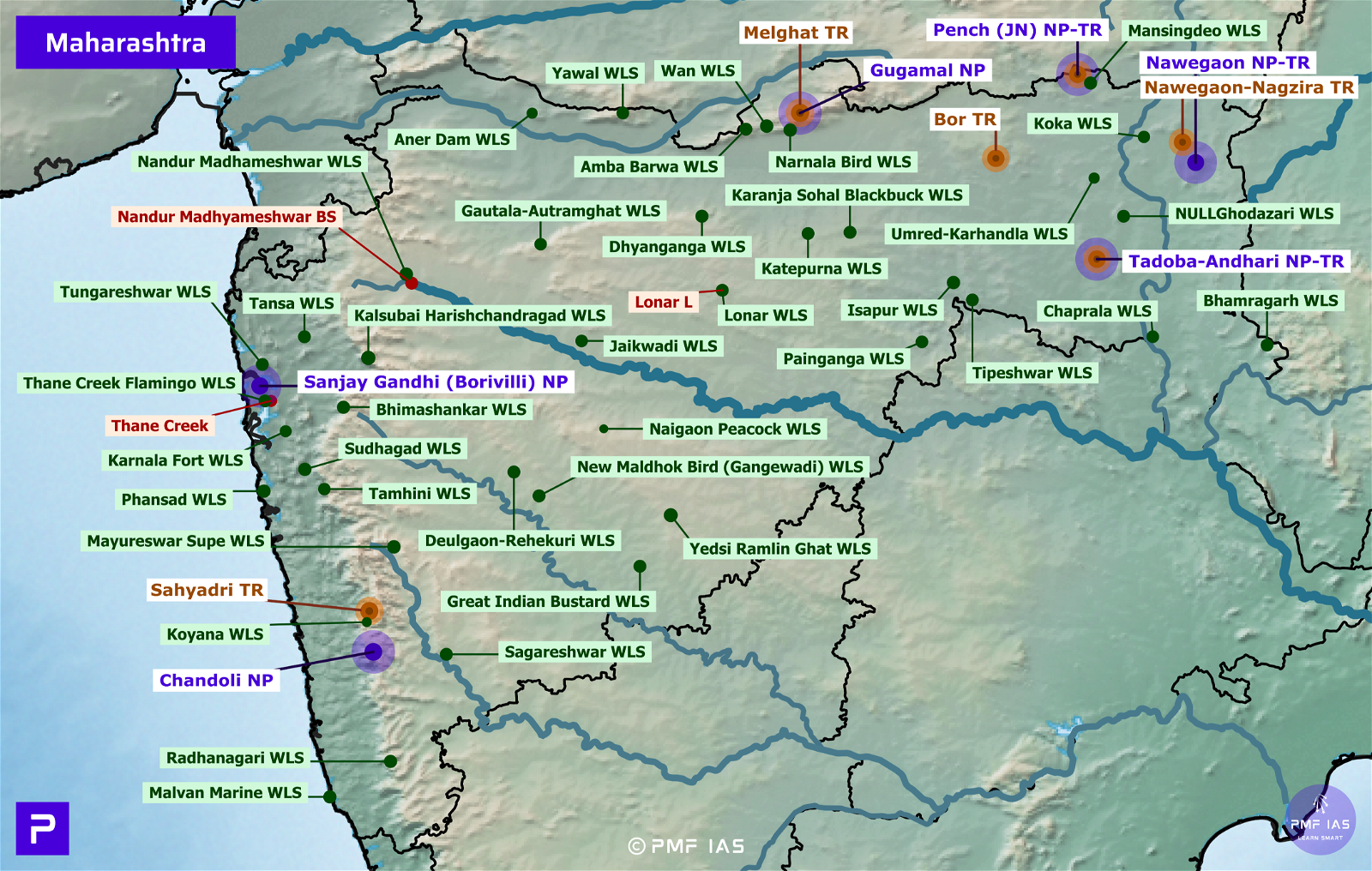
Indian Landslide Susceptibility Map
Subscribe to Never Miss an Important Update! Assured Discounts on New Products!
Must Join PMF IAS Telegram Channel & PMF IAS History Telegram Channel
- Context (TH): IIT Delhi created India’s first high-resolution landslide susceptibility map.
- The map provides landslide susceptibility at a high resolution of 100 m.
- To prepare the map, data of 1.5 lakh landslide events were obtained from Geological Survey of India.
- Data was also collected information on factors that render an area susceptible to landslide (landslide conditioning factors) such as soil cover, type of soil, number of trees covering the area, distance from roads or mountains, etc.
- Ensemble machine learning method was used to analyse the data.
- The map acknowledged some well-known regions of high landslide susceptibility, like parts of the foothills of the Himalaya, the Assam-Meghalaya region, and the Western Ghats.
- It also revealed some previously unknown places with high risk, such as some areas of the Eastern Ghats, just north of Andhra Pradesh and Odisha.
| Ensemble machine learning is when multiple machine learning models are used together to average out an oversize impact from any one model. |
Landslides
Causes of landslides
Factors influencing landslides
Types
Landslides in India: Status
NDMA Guidelines on Landslides
|





![PMF IAS Environment for UPSC 2022-23 [paperback] PMF IAS [Nov 30, 2021]…](https://pmfias.b-cdn.net/wp-content/uploads/2024/04/pmfiasenvironmentforupsc2022-23paperbackpmfiasnov302021.jpg)












